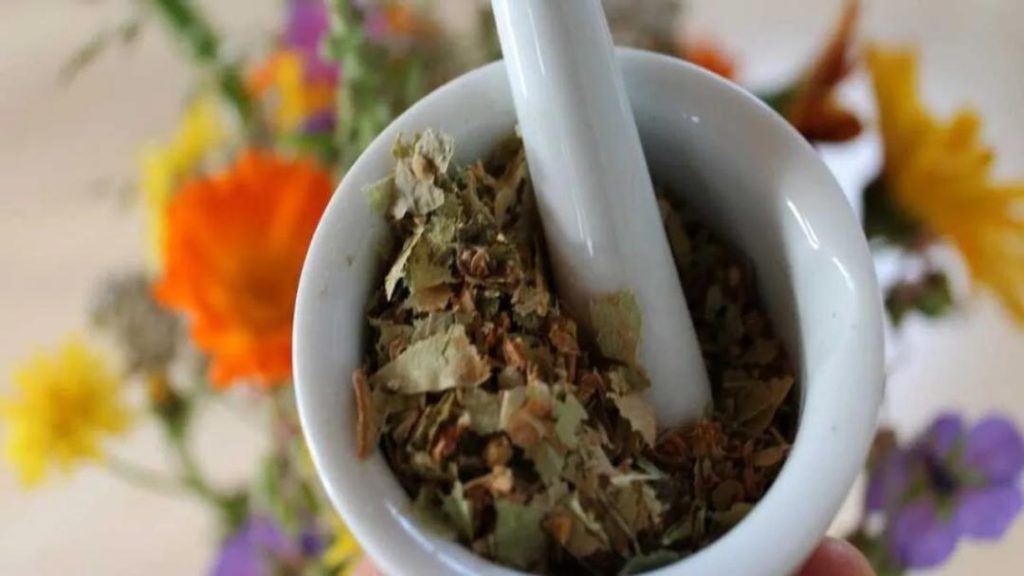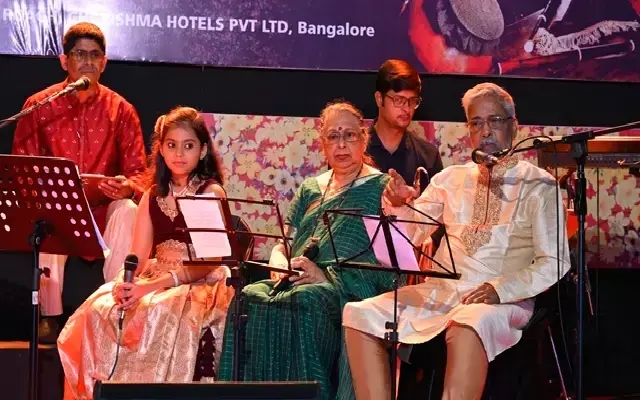
Urban India Drives AYUSH Use, as 7 in 10 Believe it Works
In a significant shift, urban India has emerged as the leader in the adoption of AYUSH (Ayurveda, Yoga, Unani, Siddha, and Homoeopathy) medicine, with 52.9% of the urban population opting for these traditional systems of medicine. This is in contrast to rural areas, where 46.3% of the population prefers AYUSH medicine, according to a recent survey conducted by the National Sample Survey Office (NSSO).
The survey highlights a growing trend towards the adoption of AYUSH medicine, driven primarily by the belief in its effectiveness and perceived benefits. A staggering 7 in 10 Indians believe that AYUSH medicine works, and 6 in 10 follow it on faith. This widespread acceptance is a testament to the growing recognition of AYUSH medicine’s potential to complement modern medicine and provide holistic healthcare solutions.
One of the key findings of the survey is that Ayurveda is the most preferred form of AYUSH medicine, with a significant majority of urban women opting for it. This preference is likely due to the emphasis on preventive measures and natural remedies that Ayurveda offers, which aligns with the growing awareness of the importance of preventive healthcare.
Another notable trend emerging from the survey is that the usage of AYUSH medicine is more focused on prevention than treatment. This is reflective of the growing awareness of the need to prioritize health and wellness, and the recognition that prevention is often more effective and cost-effective than treatment.
Awareness about AYUSH medicine is widespread, with 9 in 10 Indians aware of its existence. However, adoption varies significantly across regions, influenced by factors such as culture, accessibility, and public health integration. The survey highlights that states like Kerala, Tamil Nadu, and Maharashtra have the highest adoption rates, while states like Bihar, Uttar Pradesh, and Madhya Pradesh have lower adoption rates.
The survey also reveals that the adoption of AYUSH medicine is highest among the middle-aged population, with 65% of those aged 35-44 years opting for it. This is likely due to the fact that this age group is more likely to have a stable income, access to healthcare facilities, and a growing awareness of the importance of preventive healthcare.
The NSSO survey provides valuable insights into the growing trend towards the adoption of AYUSH medicine in urban India. It highlights the need for policymakers and healthcare providers to recognize the potential of AYUSH medicine to complement modern medicine and provide holistic healthcare solutions.
In conclusion, the survey’s findings are a testament to the growing recognition of AYUSH medicine’s potential to provide effective and holistic healthcare solutions. As urban India leads the way in adopting AYUSH medicine, it is essential to prioritize awareness, accessibility, and public health integration to ensure that this trend continues and benefits the broader population.






